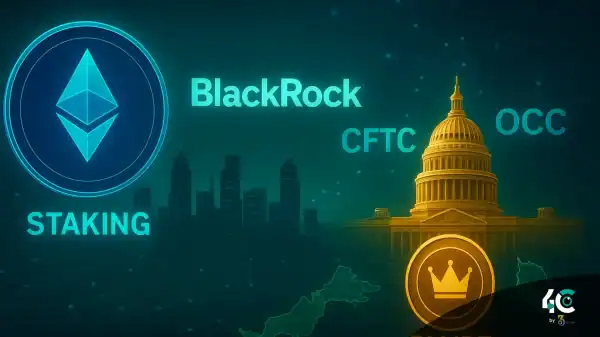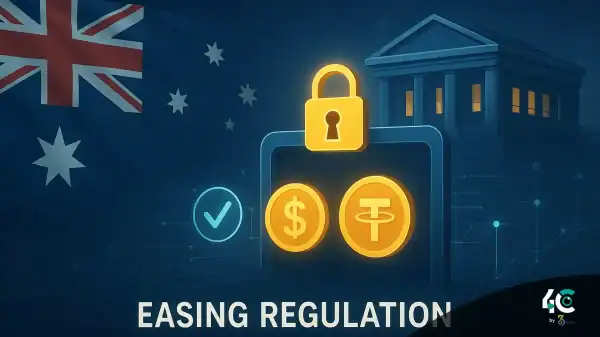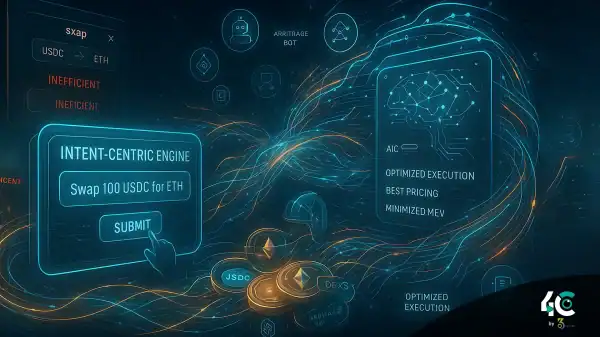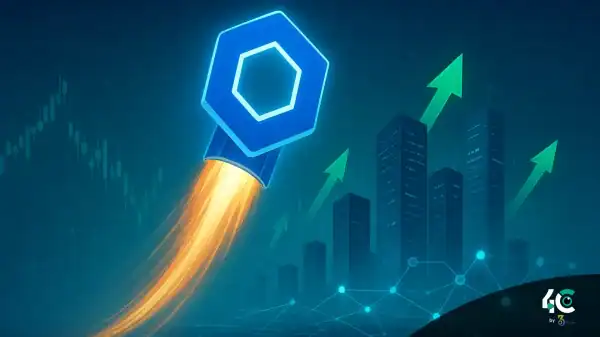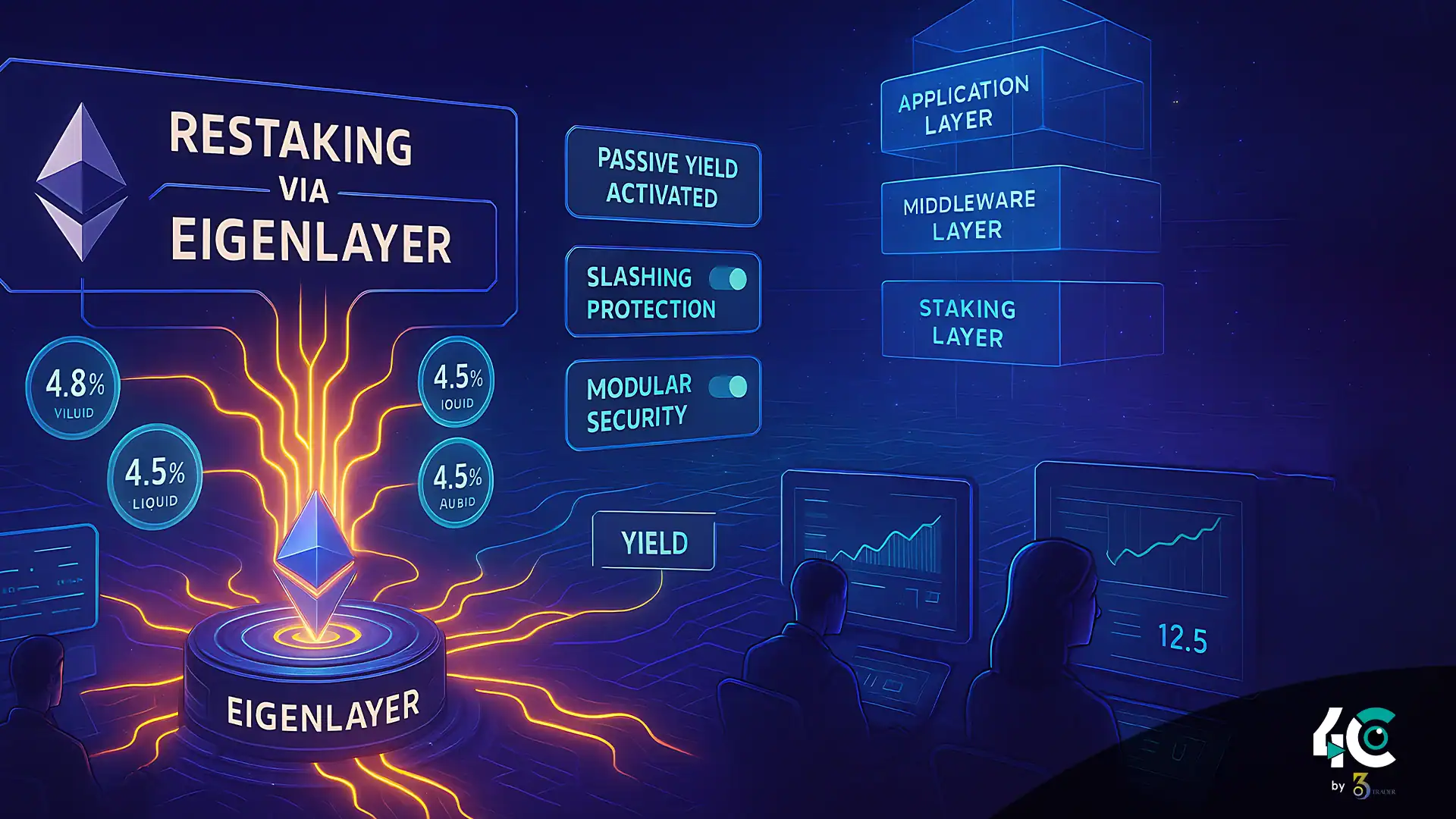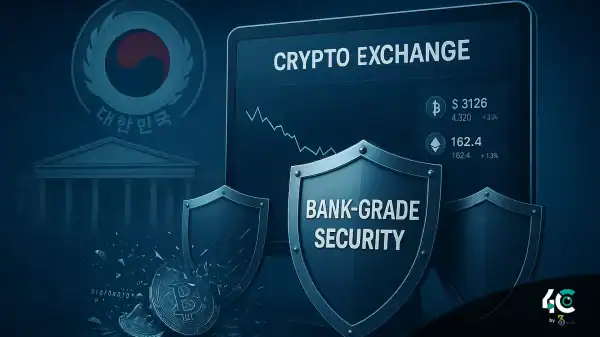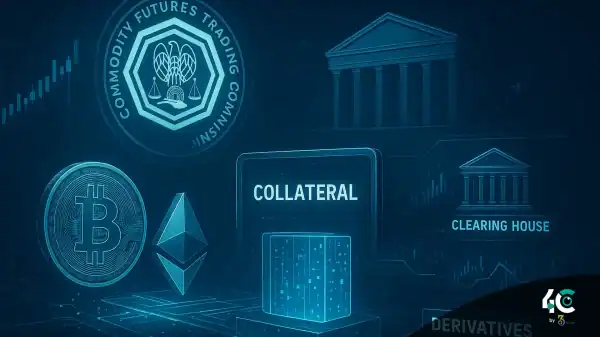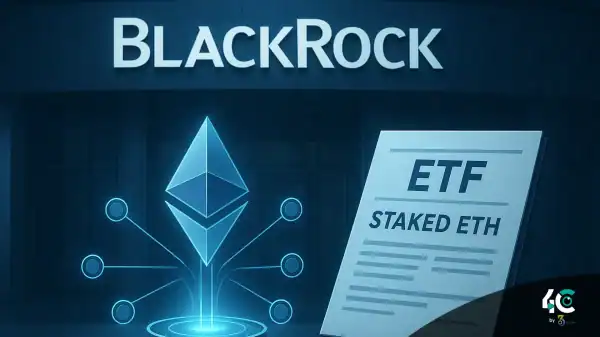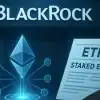Welcome to the Restaking Revolution
This is how Ethereum holders can stake their ETH and earn yield by validating the network. But what if that same ETH was able to do more—like securing other blockchains or decentralized services while continuing to earn? Welcome to the restaking revolution.
Restaking has quickly grown to become an important part of DeFi 2.0 in 2024–2025. It allows users to use their staked ETH to support additional networks and protocols for extra rewards, without having to unbond or lose base layer security. Here’s how this trend is bringing new layers of yield and utility to the Ethereum ecosystem.
1. What Is Restaking?
When you restake, you repurpose your staked ETH (which is earning Ethereum staking rewards) to help secure more networks that depend on EigenLayer’s shared security. New protocols can rent Ethereum’s trust layer through restakers instead of spinning up their own validators.
The first to introduce this concept was EigenLayer, which creates a marketplace for securing middleware services like data availability, oracles, and rollups, while paying restakers additional rewards.
2. The Power of Liquid Restaking
People with a lot of crypto and technical expertise can engage in native restaking. But for others, liquid restaking platforms on Ethereum—like EtherFi, Renzo, Kelp DAO, and Bedrock—offer a more user-friendly approach. These platforms issue liquid restaking tokens (LRTs), which represent staked ETH + EigenLayer exposure.
Benefits include:
- Passive income through ETH staking and EigenLayer rewards
- LRTs can be deposited as collateral in lending protocols due to DeFi composability
- LRTs can be sold or swapped instantly without delay
Examples: You can deposit EtherFi’s eETH or Renzo’s ezETH in protocols like Pendle, Curve, or Gemini for extra yield.
3. Restaking, Staking, and Yield Farming: What’s the Difference?
Here’s a simplified comparison:
| Feature | Staking ETH | Restaking via EigenLayer | Yield Farming |
| Rewards | ETH validator incentives | Rewards + EigenLayer | LP rewards + incentives |
| Risk | Low (self-staked) | Medium (smart contract) | High (impermanent loss) |
| Capital Efficiency | Moderate | High (with LRTs) | Variable |
| Composability | Limited | High | Very High |
Restaking combines the best of both worlds—it offers higher yield and utility than staking while being less risky and complex than yield farming.
4. Risks and How to Manage Them
While restaking is promising, it comes with risks:
- Slashing Risk: If validators misbehave or protocols fail, some staked ETH may be slashed
- Smart Contract Bugs: Vulnerabilities may exist in protocol code
- Protocol Risk: Some new networks may be poorly governed or unsustainable
Risk Management Tips:
- Diversify across platforms like EtherFi, Renzo, Kelp DAO
- Use audited and reputable DeFi protocols
- Monitor validator performance and governance updates from EigenLayer
Conclusion
The restaking revolution shows just how far Ethereum’s security can be extended to generate more value. EigenLayer and related platforms are transforming ETH from passive capital to productive infrastructure for the wider blockchain economy.
If you want to earn passive income while minimizing risk, restaking is a strong frontier in crypto today. As more protocols adopt EigenLayer and LRTs gain momentum, restaking is set to become a foundational pillar of Ethereum’s next growth era.


